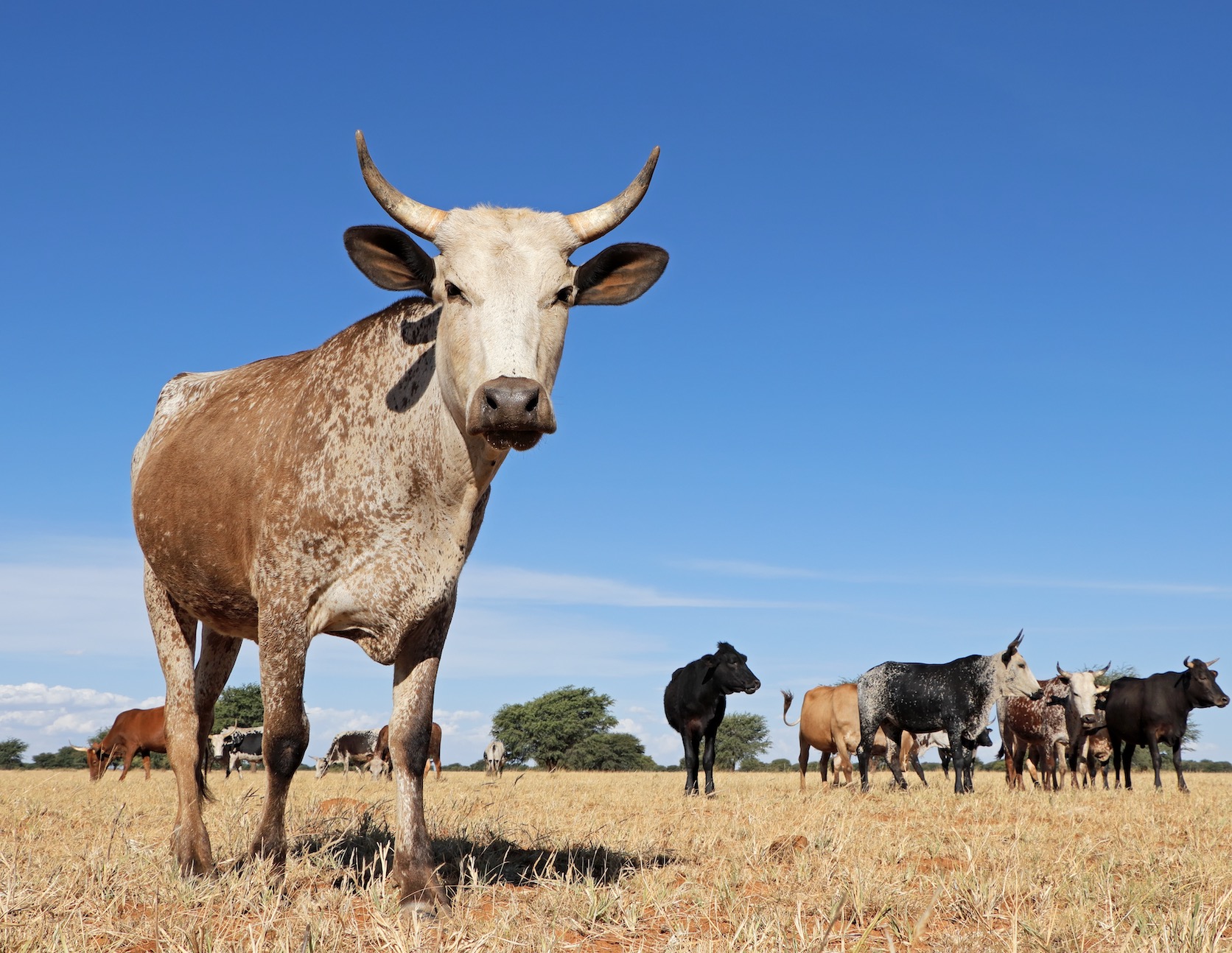The Negative Impact of Droughts on South African Farmers

Droughts have a devastating effect on South African farmers, affecting their livelihoods, food security, and the overall economy. These extended periods of low rainfall can lead to severe water shortages, making it difficult for crops and livestock to survive. Let’s explore the various ways droughts impact farmers in South Africa.
Quick Interesting Facts: The Negative Impact of Droughts on South African Farmers
- Economic Impact: During the 2015-2016 drought, maize production in South Africa dropped by over 30%, significantly reducing farmers’ incomes and causing a spike in food prices.
- Environmental Damage: Prolonged droughts lead to severe soil erosion, with estimates showing that 10-20% of fertile topsoil can be lost during major drought events.
- Social Impact: Studies indicate that over 60% of farmers report increased stress and anxiety during drought periods, leading to higher rates of mental health issues and community displacement.
- Livestock Losses: The 2015 drought saw a 15-20% decrease in livestock numbers due to water shortages and insufficient feed, causing substantial economic losses for farmers.
- Mitigation Strategies:
- Water-efficient irrigation systems: Techniques like drip irrigation can reduce water usage by up to 50%.
- Crop diversification: Growing drought-resistant crops can reduce crop failure risk by up to 40%.
- Soil conservation: Practices such as mulching and no-till farming can improve soil moisture retention by 30-50%.
- Agricultural insurance: Provides financial protection, with some policies covering up to 80% of losses during droughts.
These facts highlight the severe impacts of droughts and underscore the importance of effective mitigation strategies to support South African farmers.
Economic Consequences
The economic impact of droughts on South African farmers is profound. Reduced crop yields mean lower income for farmers, which can push many to the brink of bankruptcy. For example, during the 2015-2016 drought, maize production dropped by over 30%, leading to a significant rise in food prices and financial stress for farmers who rely on these crops for their income. Additionally, the cost of water and irrigation systems increases, further straining farmers’ budgets.
Environmental Damage
Droughts also cause environmental degradation, affecting the quality of the soil and water resources. Soil erosion becomes a major issue as the lack of vegetation cover leaves the soil exposed to wind and water erosion. This can lead to long-term fertility loss, making it harder for farmers to grow crops in the future. Moreover, rivers and dams dry up, leading to a scarcity of water for irrigation and livestock, compounding the challenges farmers face.
Social Impact
The social implications of droughts are equally significant. Farmers and their families often experience heightened stress and anxiety due to the uncertainty of their livelihoods. This can lead to mental health issues and a decline in overall well-being. In severe cases, communities may be forced to migrate in search of better conditions, leading to the breakdown of local communities and social structures.
Livestock Losses
Livestock farming, a crucial component of South African agriculture, is particularly hard hit by droughts. Water shortages and the lack of adequate feed result in poor animal health and high mortality rates. During the 2015 drought, many farmers had to sell off their livestock at lower prices or face significant losses as animals succumbed to the harsh conditions. This not only affects the immediate income of farmers but also their long-term productivity and ability to recover after the drought.
Mitigation and Adaptation Strategies
To combat the negative impacts of droughts, South African farmers are adopting various mitigation and adaptation strategies. These include:
- Implementing water-efficient irrigation systems: Techniques such as drip irrigation help to maximize water use efficiency.
- Diversifying crops: Growing a variety of crops that are more drought-resistant can help to mitigate risks.
- Soil conservation practices: Techniques like mulching and no-till farming help to preserve soil moisture and prevent erosion.
- Investing in insurance: Agricultural insurance can provide a safety net for farmers during times of drought.
Droughts pose a significant threat to South African farmers, impacting their economic stability, the environment, and their social well-being. The implementation of effective mitigation strategies and support from the government and private sector is crucial to help farmers cope with these challenges. Understanding and addressing the multifaceted impacts of droughts is essential for ensuring the sustainability and resilience of South Africa’s agricultural sector.
